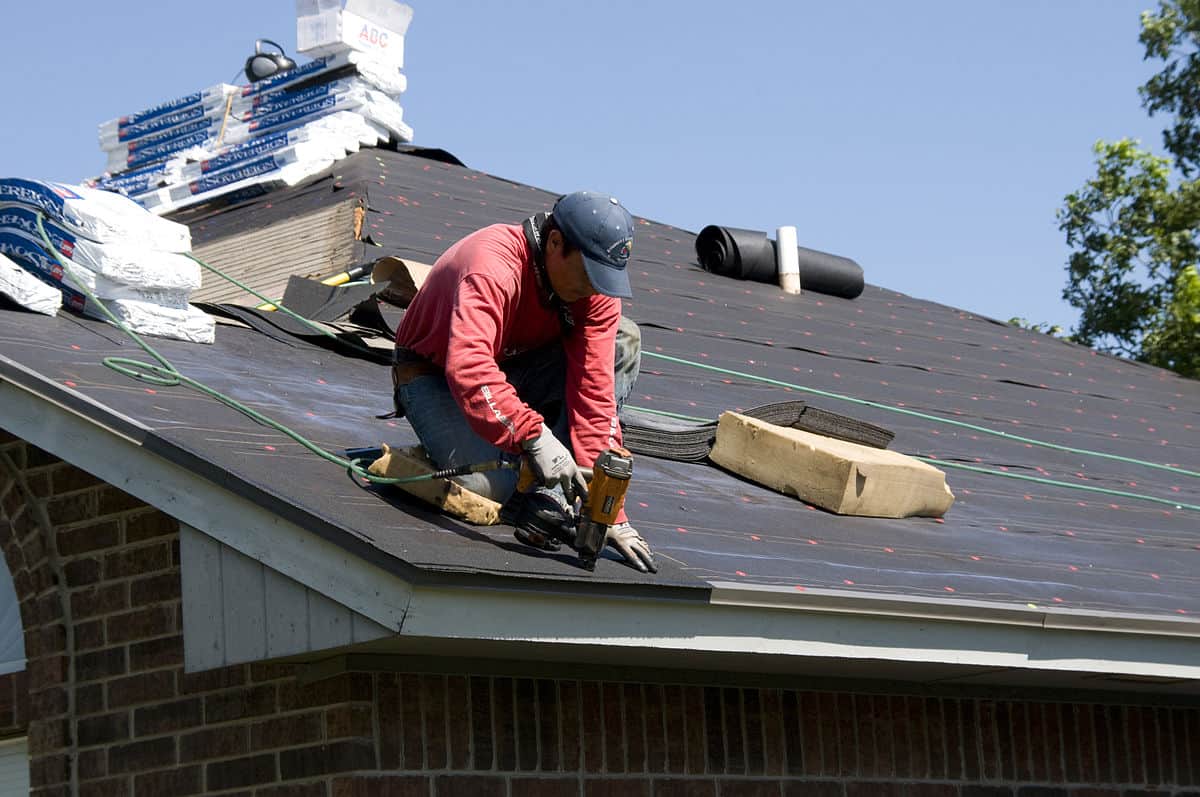The Benefits of Collaborating With Gainesville FL Roofing Companies
Finest Practices for Ensuring Proper Roofing Air Flow
Making certain appropriate roof covering air flow is critical for the durability and efficiency of a roof. A balanced consumption and exhaust vent ratio, frequently 1:300, plays a critical role, with intake vents preferably placed at the lower edge of the roofing system for awesome air entrance and exhaust vents at the peak for cozy air leave. Normal assessments to recognize obstructions and keep clear airflow are critical. Furthermore, keeping insulation away from vents is essential to avoid air flow limitation. Understanding these foundational aspects sets the stage for more thorough insights into installment and upkeep practices that can significantly boost your roof's efficiency.
Understand Air Flow Essentials
Properly comprehending air flow basics is necessary for making sure the durability and effectiveness of roof. Reliable ventilation alleviates moisture build-up and temperature extremes in the attic room, both of which can lead to significant architectural damages gradually. A well-ventilated roof helps in protecting against typical concerns such as mold and mildew growth, timber rot, and ice dams, which can endanger the integrity of the roof materials and the underlying structures.
The main goal of ventilation is to facilitate the motion of air, permitting for a consistent exchange between the exterior and indoor settings. This balance is achieved via a combination of consumption and exhaust vents that collaborate to keep ideal air movement. Intake vents, normally situated along the soffits or eaves, allow fresh air to enter the attic room area, while exhaust vents, often situated at or near the roofing ridge, enable warm, moist air to run away.
Secret aspects influencing the efficiency of roofing system ventilation include proper positioning, appropriate sizing, and making sure that both consumption and exhaust vents are unobstructed. Regular assessment and maintenance are vital to determine potential blockages, damages, or ineffectiveness in the ventilation system, thereby guarding the roof covering's efficiency and durability.
Kinds Of Roofing Vents
Roofing system vents play a critical function in keeping reliable attic air flow and, by expansion, the general health of the roofing system. Various types of roof covering vents are offered, each with special advantages tailored to particular roof covering requirements. Ridge vents, for instance, are mounted along the roofing's optimal, allowing cozy, damp air to leave from the attic room. They provide constant ventilation and mix perfectly with the roofline, making them both effective and visually pleasing.

Soffit vents are set up under the eaves and operate in tandem with roof covering vents to guarantee a balanced consumption and exhaust system. By enabling cooler air to get in from below, soffit vents help with the expulsion of hot air with top vents. Gable vents, located on the exterior wall surfaces of the attic room, deal an additional efficient remedy, especially in homes with gable roofings.
Assess Your Current Air Flow

Next, consider the age and problem of your roof covering materials and ventilation parts. Older systems might not abide with current building codes or may have degraded in time, decreasing their effectiveness. Conduct a comprehensive exam to identify any indications of deterioration, such as rust, damages, or spaces that could endanger the system's performance.
Additionally, gauge the attic temperature and moisture levels. High temperatures and humidity can show inadequate air flow.
Installment Best Practices
Reliable setup of roofing air flow systems is vital for guaranteeing optimal performance and longevity. Proper installation starts with recognizing the certain ventilation needs of the roof covering and the structure it covers. This involves computing the proper proportion of consumption to wear down vents, normally adhering to the 1:300 regulation, which specifies one square foot of air flow for every 300 square feet of attic room floor room.

The positioning of vents is equally vital. Consumption vents need to be installed at the roof's lower side, often in the soffits, to allow cool air to enter. Exhaust vents, on the various other hand, must be set up near or at the roof covering's optimal to help with the departure of cozy, damp air. This develops a natural airflow that aids keep temperature and moisture balance within the attic area.
Seal all air vent connections meticulously to stop air leaks and potential water seepage. Usage high-grade products and follow manufacturer standards to make certain resilience and efficiency. Furthermore, incorporating ridge vents with baffles can dramatically boost airflow performance by avoiding wind-driven rain and snow from getting in the attic.
Ultimately, accurate installment of roofing air flow systems minimizes prospective concerns such as mold growth, ice dams, and structural damage, making certain the roofing's integrity and the structure's overall health.
Normal Upkeep Tips
Uniformity in upkeep techniques is basic to making sure the long-lasting performance of roofing air flow systems. Routine inspections are essential, ideally performed biannually-- in the springtime and autumn. During these examinations, make certain that vents are devoid of particles, nests, and various other obstructions that could impede air flow. Inspect for any kind of indicators of dampness buildup or mold and mildew, as these can indicate improper ventilation or leaks (roofing companies gainesville florida).
Use a soft brush or gainesville fl roofing companies a vacuum to get rid of dust and debris from consumption and exhaust vents. Be mindful not to damage the air vent displays or louvers throughout the procedure.
Proper insulation is equally crucial. Make certain that attic room insulation does not obstruct the vents, as this can badly limit air flow. If any kind of insulation has changed or resolved, reposition or change it to maintain an effective obstacle.
Last but not least, change any type of harmed or missing out on parts without delay. Broken vents, cracked roof read this post here shingles, or scrubby blinking can all add to poor air flow and ought to be dealt with immediately. Normal upkeep makes certain that the roof covering air flow system works ideally, thereby expanding the life-span of the roofing itself.
Conclusion
Guaranteeing proper roofing ventilation is critical for keeping the effectiveness and toughness of a roof covering system. Adherence to the 1:300 consumption and exhaust air vent proportion, combined with the strategic positioning of vents, is necessary.
A well balanced consumption and exhaust vent proportion, commonly 1:300, plays a critical function, with consumption vents ideally placed at the reduced edge of the roofing for awesome air entry and exhaust vents at the optimal for warm air exit. Intake vents, usually located along the eaves or soffits, allow fresh air to go into the attic area, while exhaust vents, often positioned at or near the roof covering ridge, allow warm, humid air to get away.
Soffit vents are installed under the eaves and work in tandem with roof covering vents to ensure a well balanced intake and exhaust system. By allowing cooler air to go into from below, soffit vents promote the expulsion of hot air with top vents. Adherence to the 1:300 consumption and exhaust vent ratio, coupled with the calculated placement of vents, is essential.